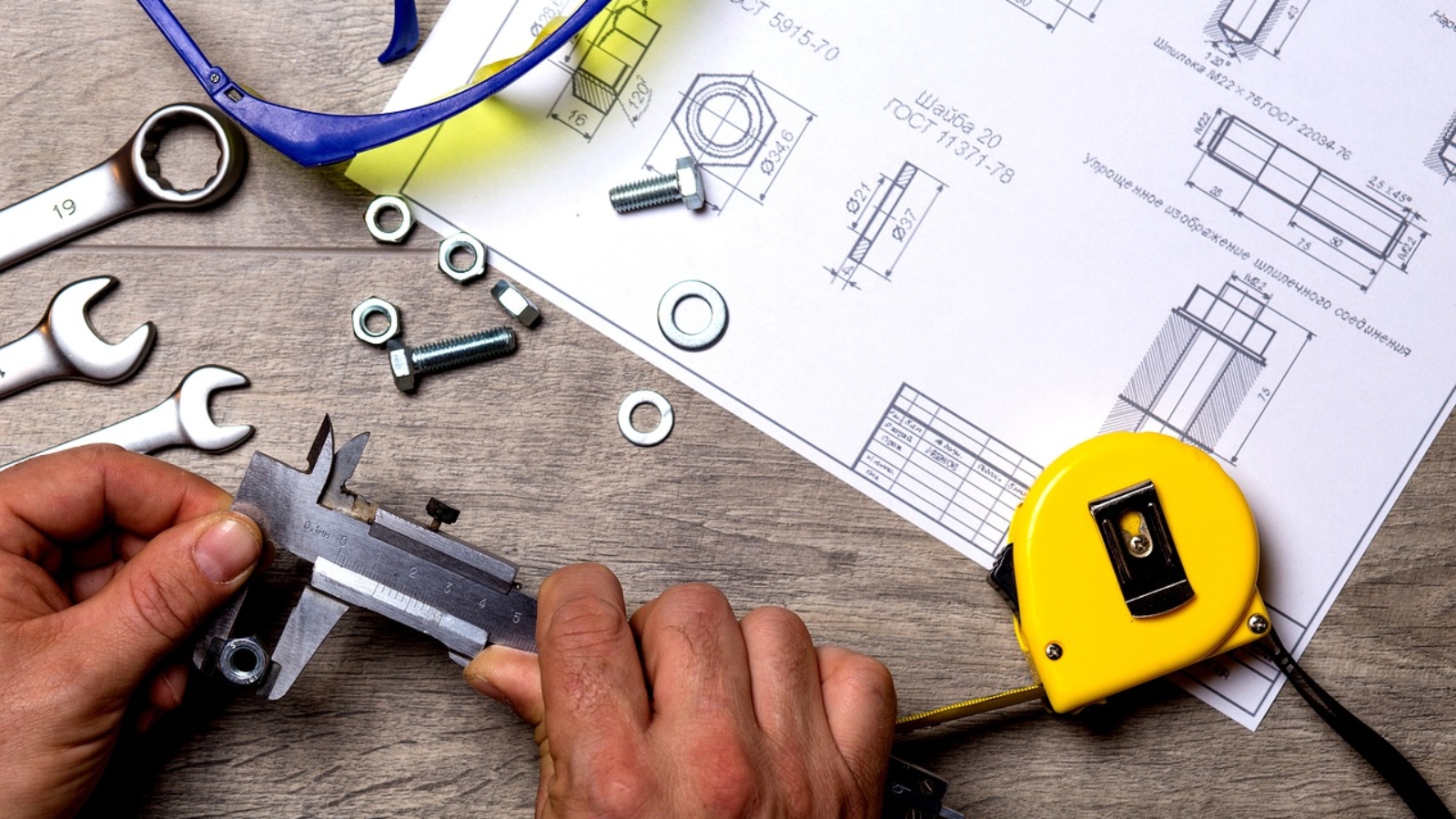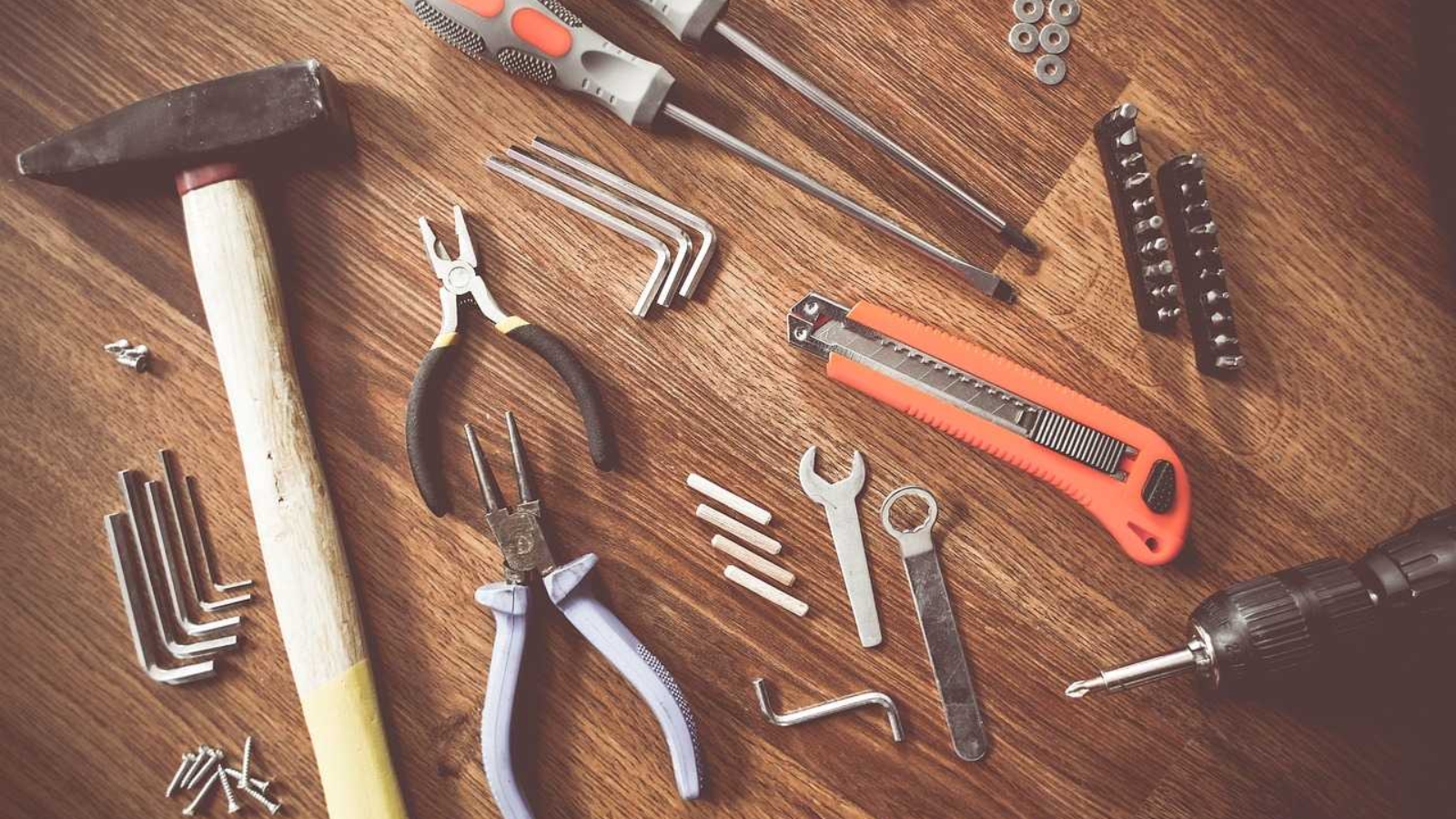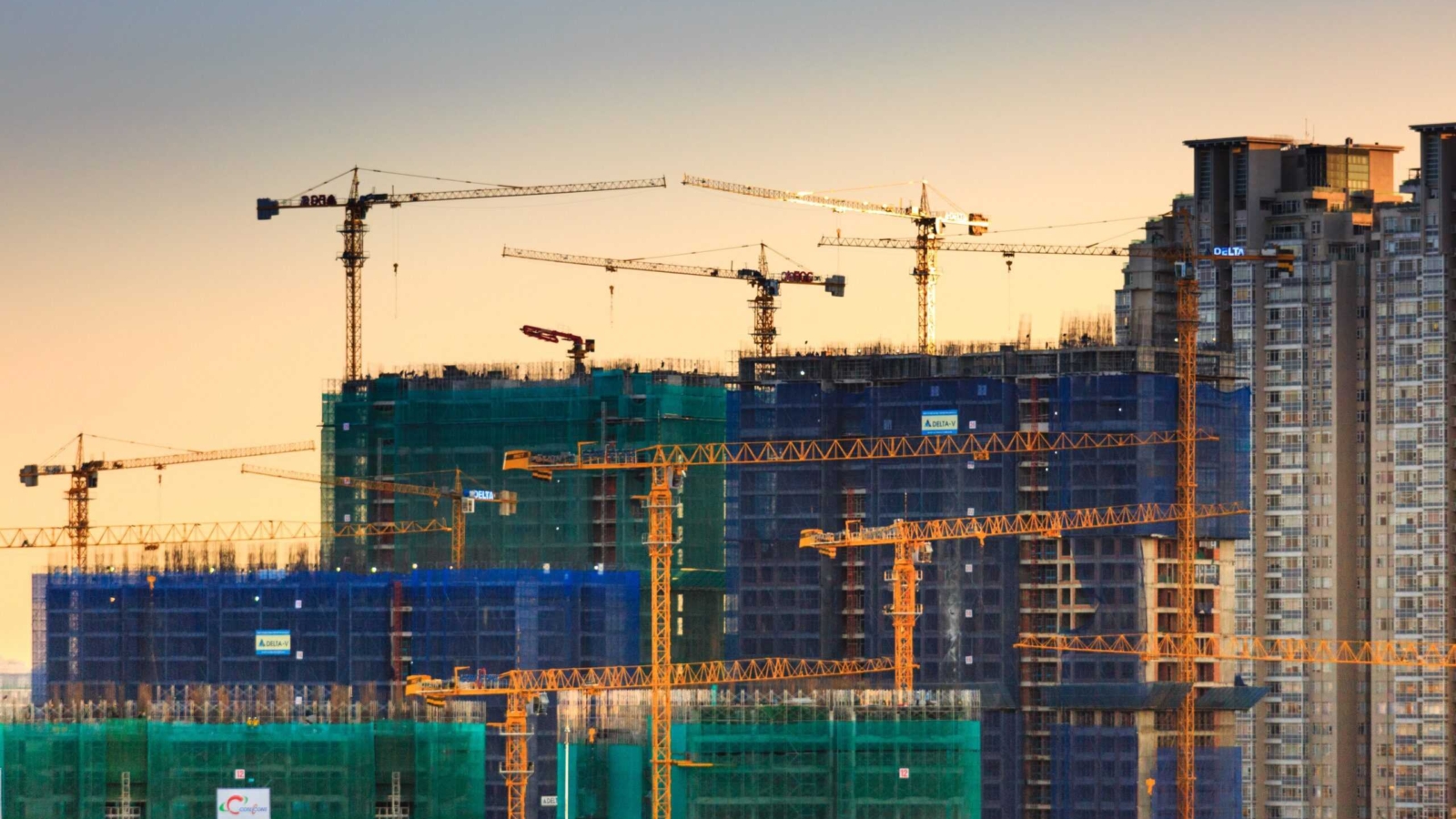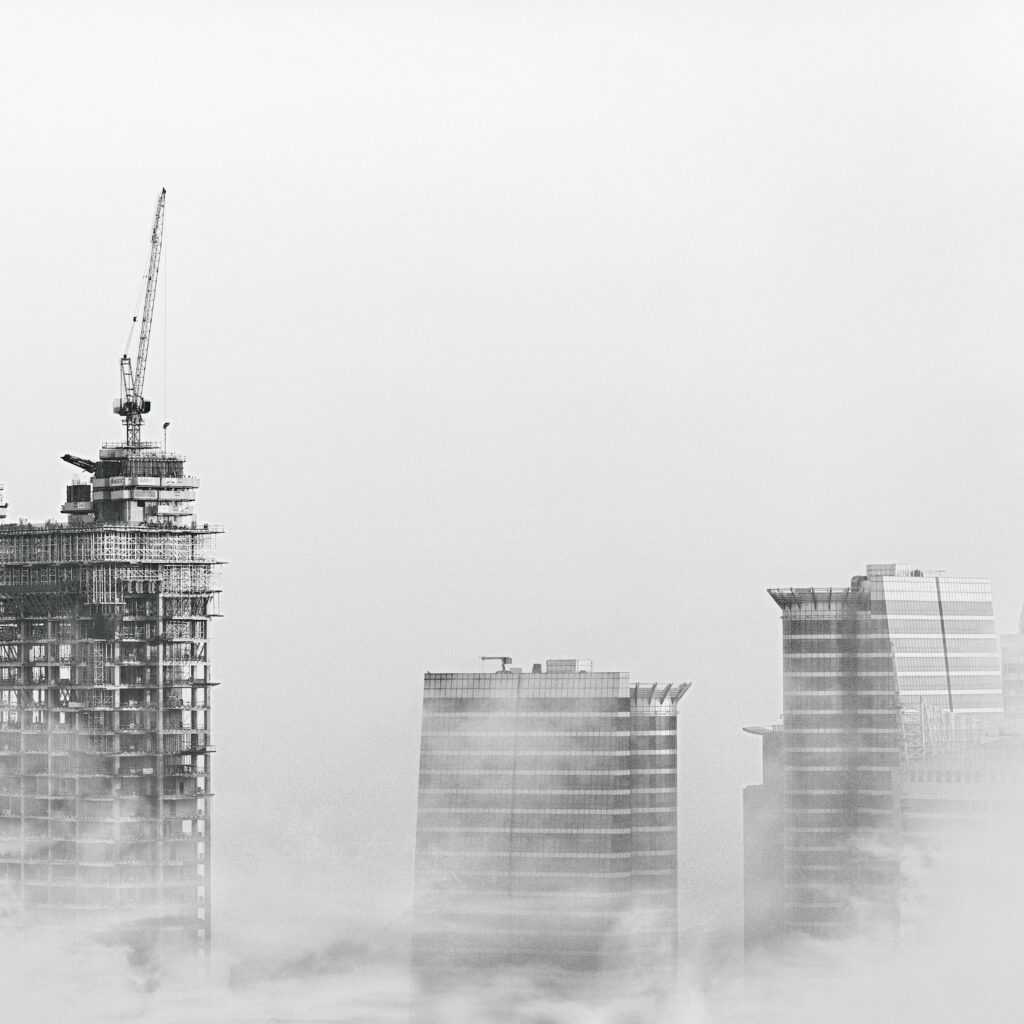In Kuwait, Burgan Gulf is leading the way in driving positive change towards Environment Friendly Construction and promoting a greener and more sustainable construction industry .Sustainability is a crucial factor in the construction industry today. It is not only an ethical responsibility but also a business necessity. As the world population continues to grow, so does the demand for buildings and infrastructure. However, this growth also results in an increase in carbon footprint, resource depletion, and environmental degradation. To tackle this problem, construction companies must adopt sustainable practices and solutions that promote economic, social, and environmental sustainability.
At Burgan Gulf, we believe that Environment Friendly Construction should be the top priority industry. Our commitment to sustainability is reflected in our approach to every project we undertake. We recognize the impact that the construction industry has on the environment and our responsibility to mitigate it. This is why we have adopted sustainable practices and have taken steps to ensure that we are minimizing our environmental footprint in every way possible.
Why Sustainability Matters in Construction
Sustainability in construction refers to the practice of building structures in a way that is environmentally responsible, economically feasible, and socially equitable. It is essential because the built environment has a significant impact on the planet, people, and the economy. Sustainable construction practices can help reduce greenhouse gas emissions, minimize waste, and conserve natural resources. It can also improve energy efficiency, reduce operating costs, and enhance the health and well-being of occupants.
The construction industry plays a substantial role in global carbon emissions, with buildings consuming approximately 40% of the world’s energy and contributing to 30% of greenhouse gas emissions. Recognizing this impact, the adoption of sustainable construction practices is essential for reducing the industry’s environmental footprint. As the world becomes more attuned to the challenges of climate change, there is a growing demand for sustainable buildings that prioritize energy efficiency and environmental responsibility. This blog gives useful information about sustainability in construction and shows how the industry is working to solve these problems.
Benefits of Environment Friendly Construction
In today’s world, the importance of environment-friendly construction practices cannot be overstated. With the growing concern for climate change and environmental sustainability, the construction industry has a significant role to play in creating a greener and more sustainable future. By embracing environment-friendly construction methods, we can achieve multiple benefits that go beyond the immediate construction process. Let’s explore the advantages of environment-friendly construction and its positive impact on the environment and society.
1. Reducing Carbon Footprint
Environment-friendly construction focuses on minimizing greenhouse gas emissions and reducing carbon footprint. By employing energy-efficient designs, utilizing renewable energy sources, and implementing sustainable construction techniques, buildings can significantly reduce their carbon emissions. This not only helps combat climate change but also contributes to a healthier and cleaner environment.
2. Conserving Resources
Environment-friendly construction emphasizes the efficient use of resources throughout the construction lifecycle. This includes using sustainable building materials, incorporating water-saving systems, and implementing waste reduction strategies. By minimizing resource consumption and waste generation, environment-friendly construction practices contribute to the conservation of natural resources, promoting a more sustainable approach to construction.
3. Enhancing Energy Efficiency
One of the key benefits of environment-friendly construction is improved energy efficiency. Sustainable building designs focus on maximizing natural lighting, optimizing insulation, and utilizing energy-efficient appliances and systems. This results in reduced energy consumption and lower operating costs for buildings. Moreover, energy-efficient buildings create a comfortable and healthy indoor environment for occupants.
4. Promoting Green Building Materials
Environment-friendly construction promotes the use of green building materials that have a lower environmental impact. These materials are often sourced from renewable or recycled sources and are free from harmful chemicals. By opting for green building materials, construction projects can reduce their environmental footprint and contribute to the development of a sustainable supply chain.
5. Creating Healthier Spaces
Environment-friendly construction prioritizes the health and well-being of occupants. This includes incorporating proper ventilation systems, utilizing low-toxicity materials, and ensuring good indoor air quality. By creating healthier indoor environments, environment-friendly buildings can enhance the comfort, productivity, and overall well-being of the people who live or work in them.
6. Contributing to Sustainable Communities
Environment-friendly construction practices have a positive impact on communities. Sustainable buildings can revitalize neighborhoods, create job opportunities in green industries, and promote community engagement in sustainable practices. Additionally, they serve as examples and inspirations for others to adopt environment-friendly approaches, contributing to the overall sustainability of communities.
By embracing environment-friendly construction practices, we can pave the way for a more sustainable future. The benefits are far-reaching, not only for the environment but also for society as a whole. Through reduced carbon footprint, resource conservation, enhanced energy efficiency, promotion of green materials, creation of healthier spaces, and contribution to sustainable communities, environment-friendly construction plays a vital role in building a resilient and sustainable world.
Eco-friendly construction offers numerous benefits that go beyond environmental considerations. By integrating sustainable practices and materials, buildings can enjoy improved energy efficiency, reduced operating costs, and enhanced occupant health and comfort. Additionally, eco-friendly construction promotes resource conservation, minimizes waste generation, and contributes to a healthier and more sustainable future. Visit this page for more extensive information on the top benefits of eco-friendly construction, where you can browse informative articles and resources dedicated to sustainable construction practices.
At Burgan Gulf, we are committed to promoting environment-friendly construction practices. Our expert team combines innovative designs and sustainable building solutions to create projects that prioritize the well-being of both people and the planet. Contact us to learn more about our environment-friendly construction services and join us in creating a sustainable future.
Burgan Gulf’s Commitment to Environment Friendly Construction
Burgan Gulf is a leading construction company in Kuwait that is committed to sustainable construction practices. The company understands that the construction industry has a significant impact on the environment and is taking steps to minimize its environmental footprint. Some of the sustainable practices that Burgan Gulf is implementing include:
Using Sustainable Materials
Burgan Gulf is using sustainable building materials to reduce the environmental impact of construction. The company is using materials that have a lower carbon footprint, such as recycled steel and concrete. Burgan Gulf is also sourcing materials from sustainable suppliers that adhere to ethical and environmental standards.
Implementing Energy-Efficient Practices
Burgan Gulf is implementing energy-efficient practices to reduce the energy consumption of buildings. The company is designing buildings that are energy-efficient, such as those that use natural lighting and ventilation. Burgan Gulf is also using energy-efficient technologies, such as LED lighting and solar panels, to reduce the energy consumption of buildings
Minimizing Waste
Burgan Gulf is implementing practices to minimize waste during the construction process. The company is using prefabrication techniques to reduce the amount of waste generated during construction. Burgan Gulf is also recycling waste materials, such as concrete, to reduce the environmental impact of construction.
Educating the Workforce
Burgan Gulf is educating its workforce about sustainable construction practices. The company is providing training to its employees to raise awareness about the importance of sustainability in construction. Burgan Gulf is also encouraging its employees to implement sustainable practices on construction sites.
Conclusion
Environment Friendly Construction is an essential aspect of companies like Burgan Gulf are driving positive change in the industry. Sustainable construction practices can help reduce the environmental impact of construction, conserve natural resources, and enhance the health and well-being of occupants. Burgan Gulf is committed to sustainable construction practices and is implementing measures to minimize its environmental footprint. By adopting sustainable practices, Burgan Gulf is contributing to a more sustainable future for Kuwait and the world.





